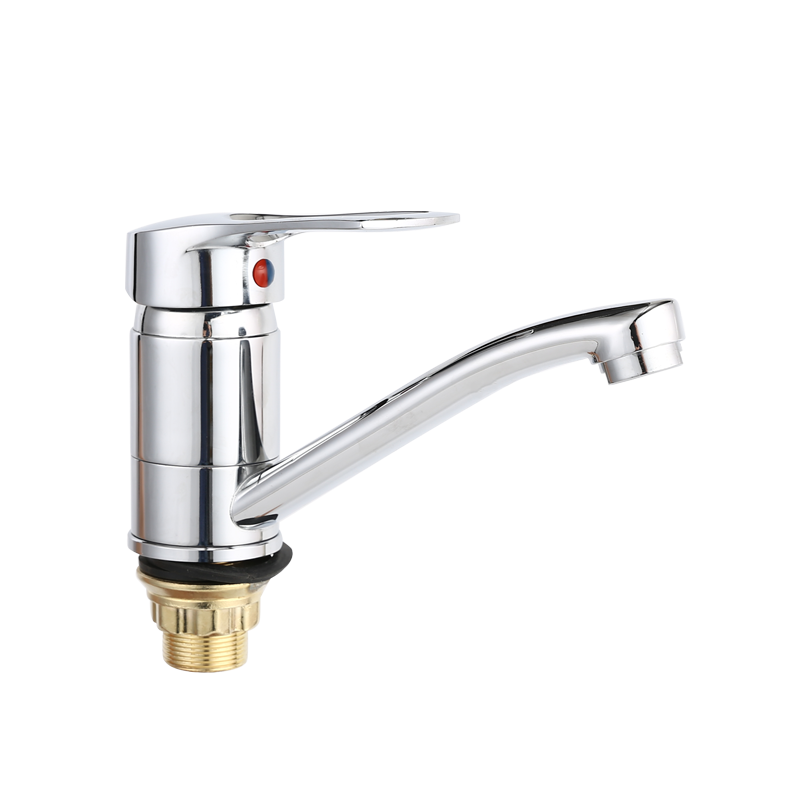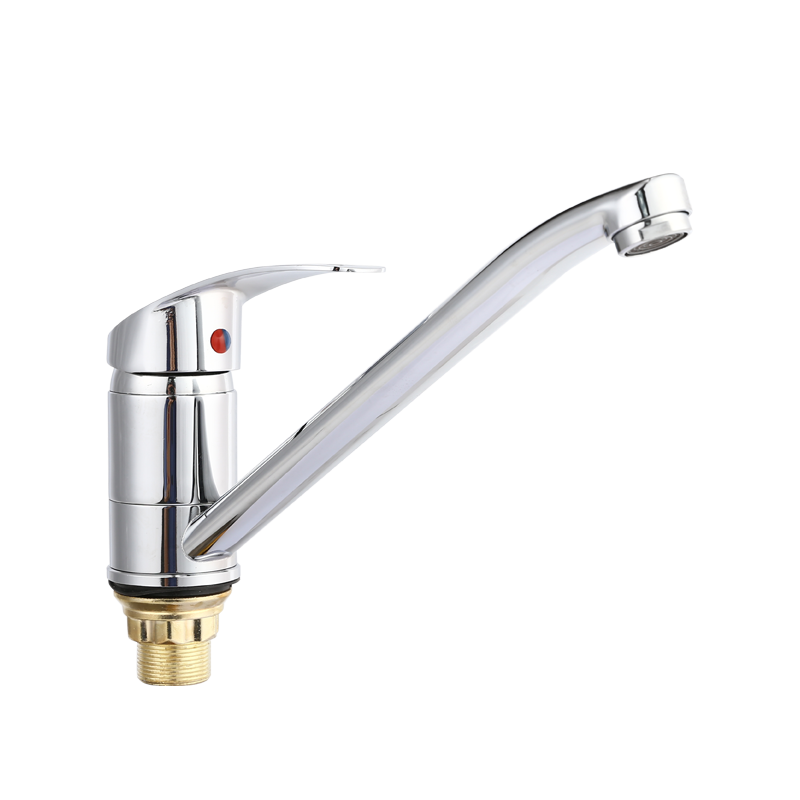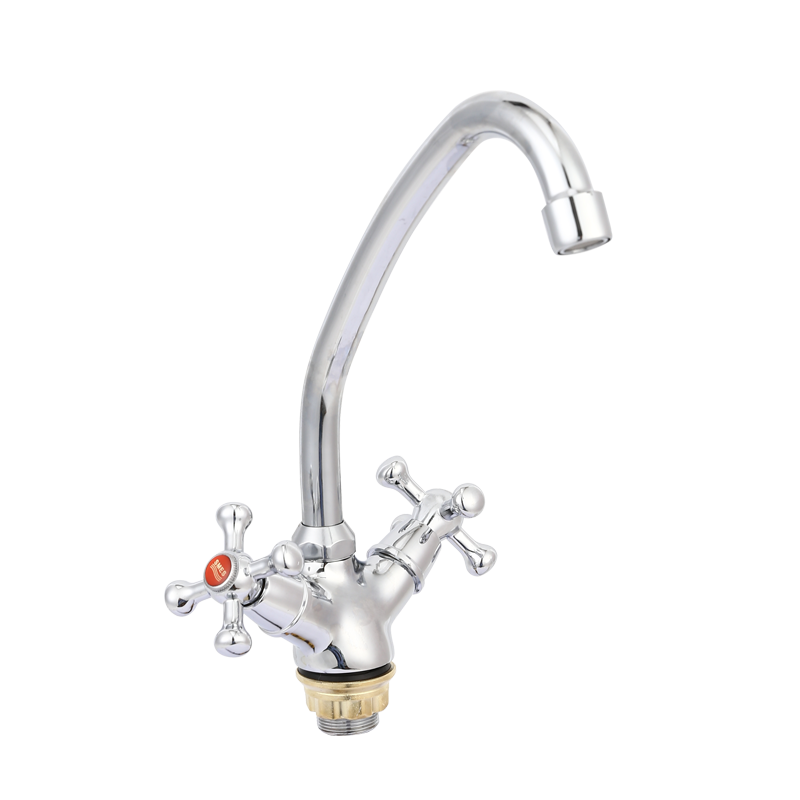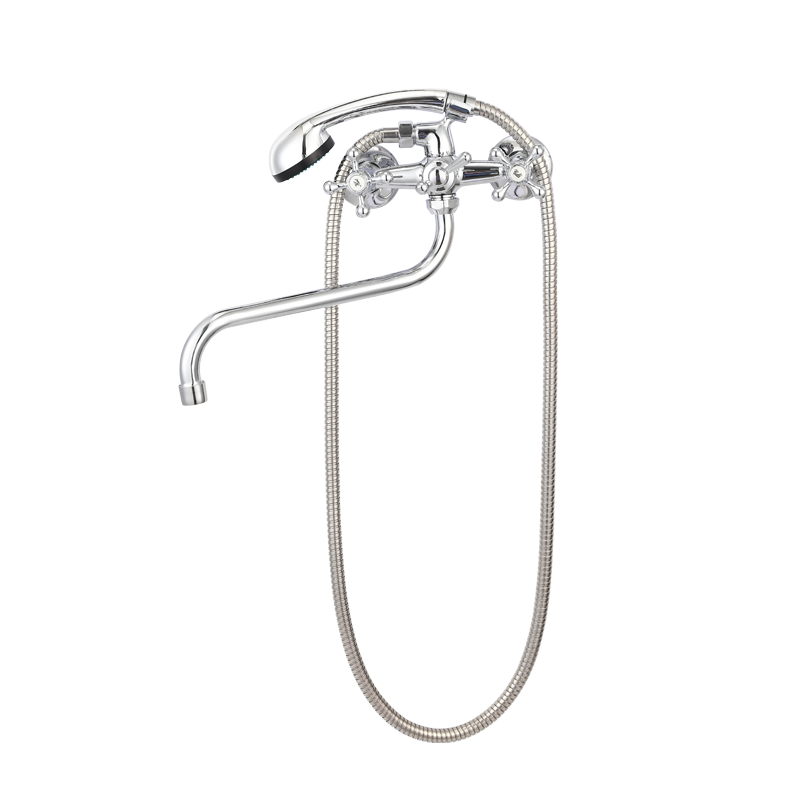In any commercial or industrial setting, proper drainage is crucial for maintaining a safe and hygienic environment. Stainless steel floor drains play a vital role in ensuring efficient water removal and preventing potential hazards such as slips, falls, and water damage. However, the effectiveness of these drains largely depends on their proper installation and regular maintenance. In this article, we will explore the importance of these critical steps and provide valuable insights to help facility managers and building owners ensure the better performance of their stainless steel floor drains.
Stainless steel floor drains are widely used in various industries, including food processing, healthcare, hospitality, and manufacturing, due to their durability, corrosion resistance, and ease of cleaning. These drains are designed to handle high volumes of water, grease, and other liquids, making them an essential component in maintaining a clean and safe environment. Proper installation of stainless steel floor drains is crucial to ensure their longevity and efficient operation.
During the installation process, it is essential to follow the manufacturer's guidelines and local building codes. Stainless steel floor drains should be positioned in strategic locations where water accumulation is likely to occur, such as near sinks, showers, or machinery. Proper slope and pitch are critical to ensure adequate water flow towards the drain, preventing standing water and potential slip hazards.
In addition to the correct placement and slope, the drain's connection to the plumbing system must be secure and leak-free. Improper connections can lead to water leaks, which can cause structural damage, mold growth, and potential health hazards. Experienced plumbers or contractors should be consulted to ensure the installation is done correctly and in compliance with all relevant regulations.
Once installed, regular maintenance of stainless steel floor drains is essential to ensure their continued performance and prevent potential issues. Neglecting maintenance can lead to clogs, odors, and even backflow, which can pose serious health and safety risks.
One of the important maintenance tasks is regular cleaning. Stainless steel floor drains should be cleaned regularly to remove any buildup of debris, grease, or other materials that can obstruct water flow. This can be achieved through manual cleaning or the use of specialized drain cleaning equipment, such as hydro-jetting or rotary drain snakes.
In addition to cleaning, it is crucial to inspect stainless steel floor drains regularly for signs of wear, corrosion, or damage. Any issues should be addressed promptly to prevent further deterioration and potential failures. Damaged or worn components, such as grates or drain bodies, should be replaced as needed to maintain the drain's integrity and functionality.
Proper maintenance also includes ensuring that the drain's surroundings are kept clean and free from obstructions. Debris, such as food waste or packaging materials, should be promptly removed to prevent it from entering the drain and causing clogs. Additionally, it is essential to ensure that the area around the drain is free from trip hazards or other potential safety concerns.
By prioritizing the proper installation and maintenance of stainless steel floor drains, facility managers and building owners can reap numerous benefits. Well-maintained drains contribute to a safer and more hygienic environment, reducing the risk of slips, falls, and water damage. They also help to prevent odors and potential health hazards associated with standing water or backflow.
Furthermore, regular maintenance can extend the lifespan of stainless steel floor drains, reducing the need for costly replacements and minimizing downtime due to repairs. This not only saves money in the long run but also ensures business continuity and minimizes disruptions to operations.
In conclusion, the proper installation and maintenance of stainless steel floor drains are essential for ensuring a safe, hygienic, and efficient drainage system in commercial and industrial settings. By following better practices and adhering to manufacturer guidelines and local regulations, facility managers and building owners can maximize the performance and longevity of these critical components. Regular cleaning, inspections, and prompt repairs are key to preventing potential issues and maintaining a well-functioning drainage system. By prioritizing the care and upkeep of stainless steel floor drains, businesses can create a safer and more productive environment for their employees, customers, and operations.

 English
English русский
русский




